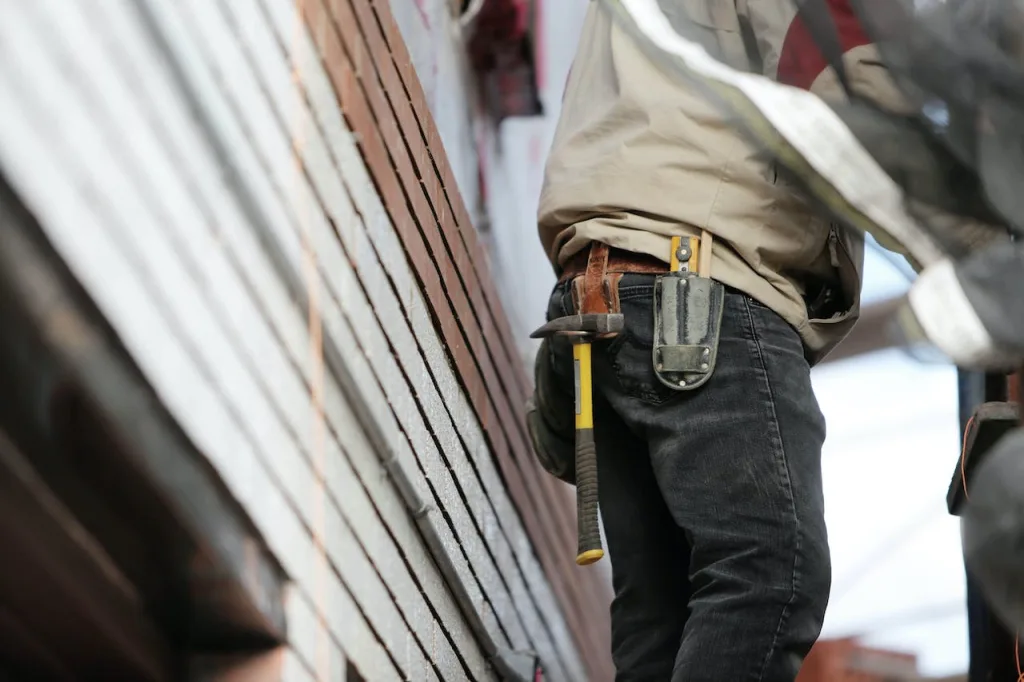Carbon Dioxide as a Ventilation Indicator
Carbon dioxide (CO2) is often used as an indicator of indoor ventilation because it is a byproduct of human respiration. When people are present in a building, they release CO2 into the air through breathing. As fresh outdoor air is brought into the building through ventilation systems, the CO2 levels should decrease. If the levels of CO2 in a building remain high, it may indicate that the ventilation system is not functioning properly or that there is not enough fresh air being brought into the space. This can lead to poor indoor air quality and can negatively impact the health and well-being of the building’s occupants.
To measure CO2 levels, a CO2 sensor can be installed in the building. These sensors typically measure the concentration of CO2 in parts per million (ppm). The American Society of Heating, Refrigerating, and Air-Conditioning Engineers (ASHRAE) recommends a maximum indoor CO2 level of 1000 ppm for an occupied space. If the CO2 levels in a building exceed this threshold, it may indicate a need to increase ventilation or to address other issues with the building’s HVAC system.
It is important to note that CO2 levels alone do not provide a complete picture of indoor air quality. Other factors such as temperature, humidity, and the presence of other pollutants should also be taken into consideration when assessing indoor air quality. Additionally, high CO2 levels can be caused by factors other than poor ventilation, such as a high occupancy rate or leaks in the building envelope.
[shared_counts]Environmental News, Resources and Insights
News, updates, resources and important information from the Envrioscience team with over 80 years of combined experience. Join our mailing list below to be receive the latest updates directly to your inbox.










